
Public transit ridership is on the decline in California. But why? Researchers at the UCLA Institute of Transportation Studies (ITS) looked at the data to figure out what’s going on and how the problem could be solved.
View this complete post...







John Hennessy III,
P.E.






Public transit ridership is on the decline in California. But why? Researchers at the UCLA Institute of Transportation Studies (ITS) looked at the data to figure out what’s going on and how the problem could be solved.
View this complete post...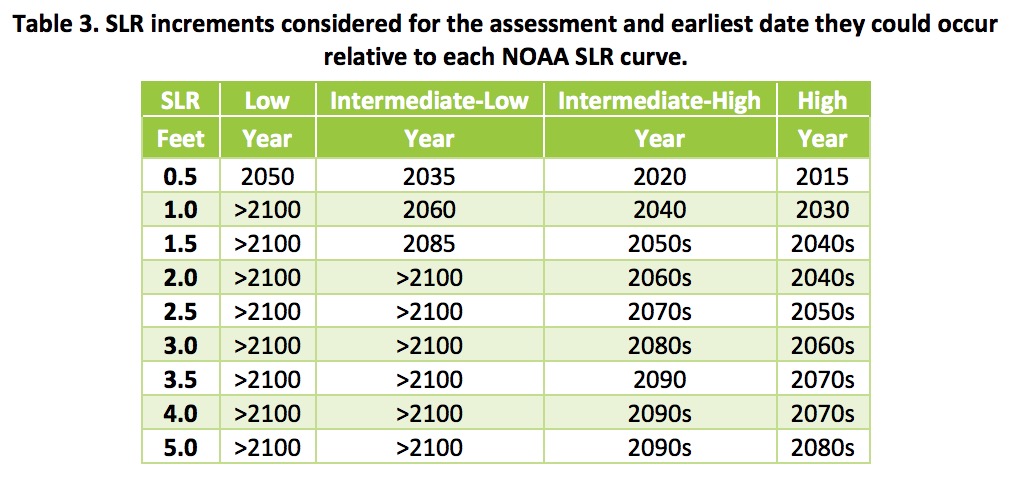
The City of St. Augustine is one of the three communities involved in the Community Resiliency Initiative Pilot Projects administered through the Florida Department of Economic Opportunity (DEO) and funded by the National Oceanic and Atmospheric Administration (NOAA). The overall effort seeks to assess community vulnerability to projected increases in coastal flooding and develop strategies to improve resilience to the associated impacts.
View this complete post...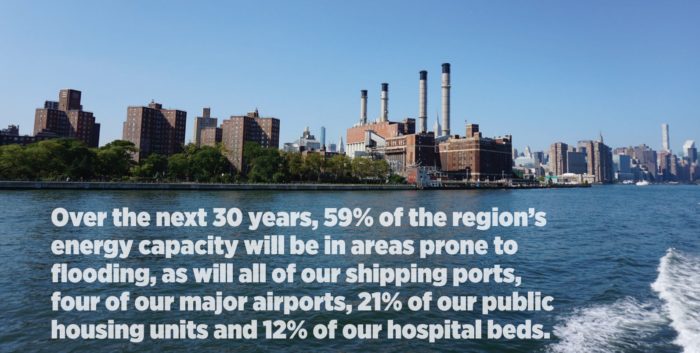
REGIONAL PLAN ASSOCIATION (RPA) Executive Summary Over the next 30 years, the number of people living in places at risk of flooding from an extreme storm in the New York-New Jersey-Connecticut region is likely to double from 1 million to 2 million. Sea levels are projected to rise by two feet, putting 10,000 homes permanently […]
View this complete post...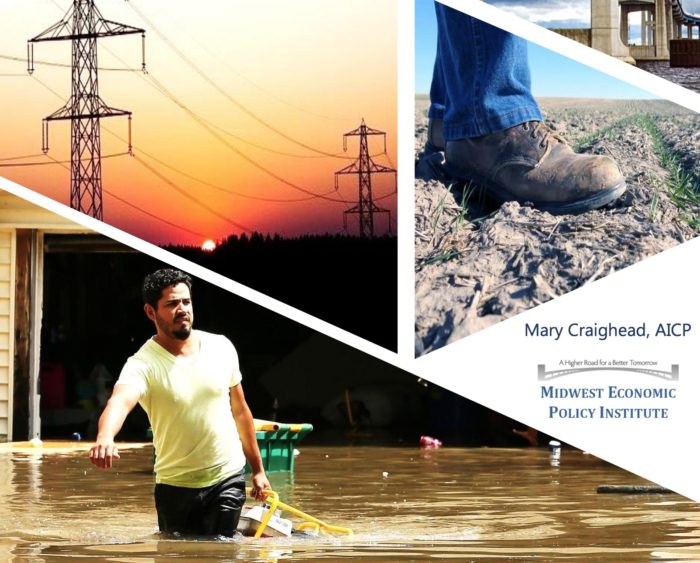
The lifeblood of a community is its infrastructure system. In light of Hurricanes Harvey, Irma, and Maria – which are only the most recent examples of extreme weather events to affect the nation – the Midwest Economic Policy Institute (MEPI) has examined the anticipated impact climate change will have on the Midwest.
View this complete post...
“They are natural hazards. They only become disasters where and how we have built our environments.” “And the current plan will be build it back the way it was. Rebuild it back to the past. Rebuild it back to fail again.” -Craig Fugate, Former FEMA Administrator Video by seeprogress on YouTube
View this complete post...
NRDC’s groundbreaking analysis demonstrates clearly that with bold action on energy efficiency, renewable energy, electrification of vehicles and buildings with clean power, and electric grid enhancements, the United States can reach its 80 percent by 2050 climate goal. Moreover, we can get there at a much lower cost than any comparable study predicts.
View this complete post...
“There really is no conflict between saying you would like to have more infrastructure investment and saying that you’re an environmentalist. They’re one and the same. The challenge is that the plans and projects that are on the books in many states run counter to what we need in our communities to protect people. And that’s where we need to take a hard look at what kind of infrastructure we’re investing in, because the same-old, same-old as we just saw through these two big storms isn’t going to get us there.”
View this complete post...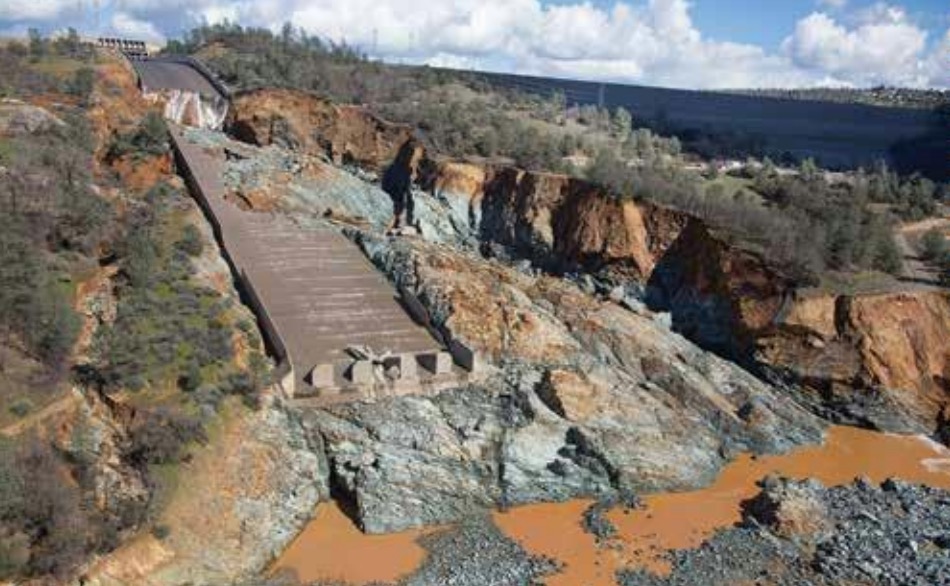
While some repair work is moving forward at Oroville, significant issues remain to be addressed. This incident is a wake-up call for action on several fronts at this facility and thousands of other high-hazard dams in the United States to ensure a safe and reliable water system that protects communities and the rivers that flow through them. A warming climate with changing precipitation patterns underscores the urgency.
View this complete post...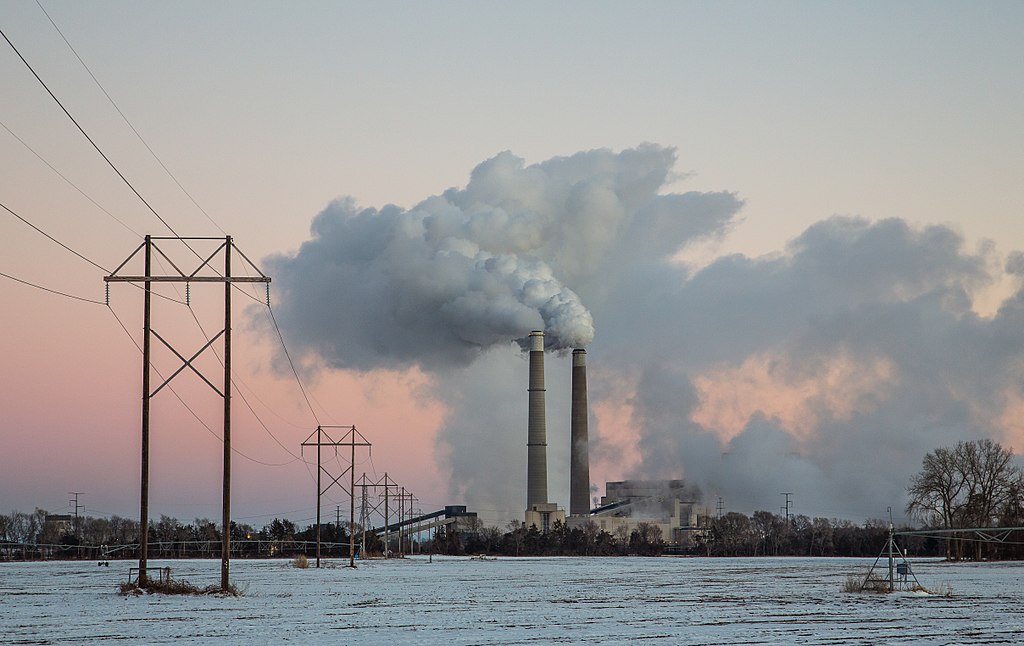
The article this accompanies is the third in an important series. The foundational analysis of the contributions of major carbon producers to atmospheric CO2 emissions and methane emissions was the first to appear (Heede 2014), followed by a rich and concrete analysis of the moral responsibilities of the major carbon producers in light of those contributions (Frumhoff et al. 2015). This third analysis not only refines the calculations of the contributions of major carbon producers to atmospheric CO2 and methane emissions but also expands the calculations to include the contributions of those same producers to global mean surface temperature and global sea level (Ekwurzel et al. 2017).
View this complete post...Follow InfrastructureUSA
Video, stills and tales. Share images of the Infra in your community that demands attention. Post your ideas about national Infra issues. Go ahead. Show Us Your Infra! Upload and instantly share your message.
Is the administration moving fast enough on Infra issues? Are Americans prepared to pay more taxes for repairs? Should job creation be the guiding determination? Vote now!
What do the experts think? This is where the nation's public policy organizations, trade associations and think tanks weigh in with analysis on Infra issues. Tell them what you think. Ask questions. Share a different view.
The Infra Blog offers cutting edge perspective on a broad spectrum of Infra topics. Frequent updates and provocative posts highlight hot button topics -- essential ingredients of a national Infra dialogue.
It is encouraging to finally see clear signs of federal action to support a comprehensive US infrastructure investment plan.
Now more than ever, our advocacy is needed to keep stakeholders informed and connected, and to hold politicians to their promises to finally fix our nation’s ailing infrastructure.
We have already engaged nearly 280,000 users, and hoping to add many more as interest continues to grow.
We require your support in order to rise to this occasion, to make the most of this opportunity. Please consider making a tax-deductible donation to InfrastructureUSA.org.
Steve Anderson
Managing Director
SteveAnderson@InfrastructureUSA.org
917-940-7125